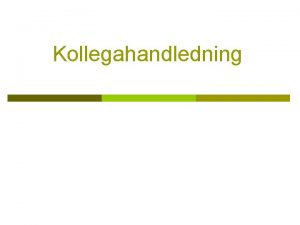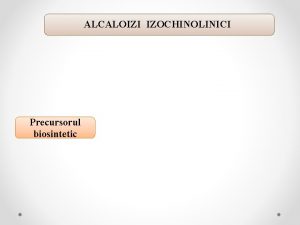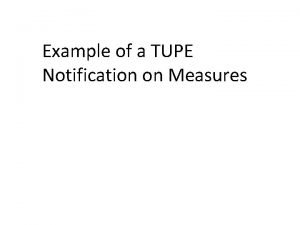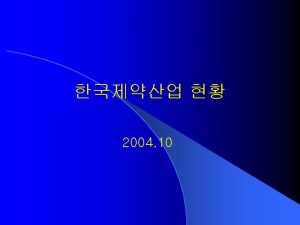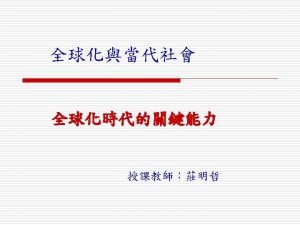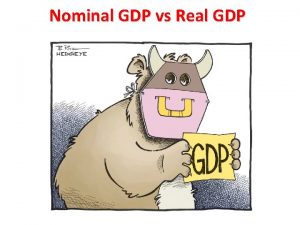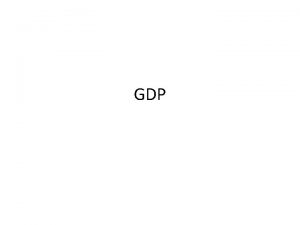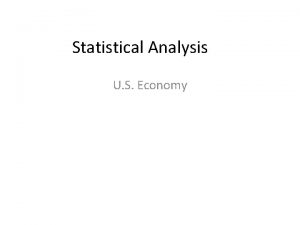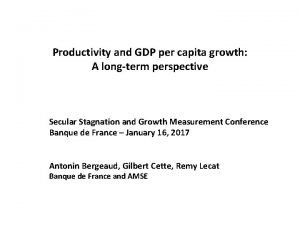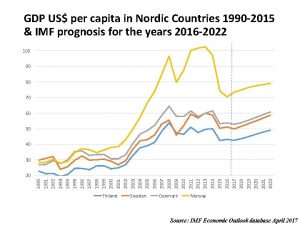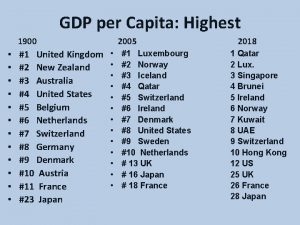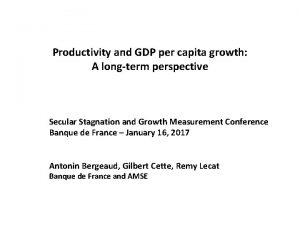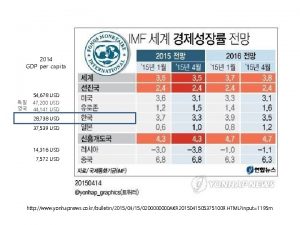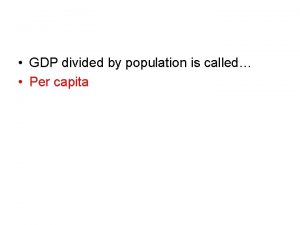Figure 0 1 GDP per Capita 2015 Thousands





















- Slides: 21


Figure 0. 1 GDP per Capita, 2015 (Thousands of dollars) Source: World Bank, World Development Indicators database. Data are adjusted for purchasing power differences across countries (e. g. , a dollar in India buys more than a dollar in the United States).

Figure 0. 2 Growth in GDP per Capita, 2006 – 2015 (Percent) Source: World Bank, World Development Indicators database. Data are adjusted for purchasing power differences.

Figure 0. 3 Net National Savings Rate, 2015 (Percent of GNI) Source: World Bank, World Development Indicators database. GNI is gross national income, a measure similar to gross domestic product, but including income from residents abroad and excluding income earned by foreigners within the country. GNI is also sometimes referred to as Gross National Product (GNP).

Figure 0. 4 Government Debt (Percent of GDP) Source: United States Central Intelligence Agency, CIA World Factbook. Data are mostly 2016 estimates.

Figure 0. 5 Labor Productivity, 2015 (GDP per Hour Worked) Source: Organisation for Economic Co-operation and Development, OECD online statistical database.

Figure 0. 6 Average Annual Hours Worked, 2015 Source: Organisation for Economic Co-operation and Development. OECD online statistical database.

Figure 0. 7 Unemployment Rate, 2016 (Percent of Labor Force) Source: World Bank, World Development Indicators database.

Figure 0. 8 Average Annual Inflation Rate, 2007 -2016 Source: World Bank, World Development Indicators database. The average inflation rate is calculated as the average of the inflation rate for each year from 2007 to 2016.

Figure 0. 9 Taxes Received by Central Government (Percent of GDP) Source: World Bank, World Development Indicators database. Data are mostly 2015 estimates.

Figure 0. 10 Trade Balance, 2015 (Percent of GDP) Source: World Bank, World Development Indicators database, and authors’ calculations.

Figure 0. 11 Gini Coefficient (Most Equal to Least Equal) Source: World Bank, World Development Indicators database. Data for the most recent year available, between 2008 and 2014.

Figure 0. 12 Percent of Population Living Below $1. 90/day Poverty Line Source: World Bank, World Development Indicators database. Data are for the most recent year available, between 2010 and 2014.

Figure 0. 13 Official Development Assistance, 2016 (Percent of GNI) Source: Organisation for Economic Co-operation and Development, Official Development Assistance— 2016 Update.

Figure 0. 14 Official Development Assistance Received, 2015 (Percent of GNI) Source: World Bank, World Development Indicators database.

Figure 0. 15 Internet Users per 100 People, 2015 Source: World Bank, World Development Indicators database.

Figure 0. 16 Average PISA Science Test Score, 2015 (15 year-olds) Source: Organisation for Economic Co-operation and Development, Programme for International Student Assessment, PISA 2015 Key Findings.

Figure 0. 17 Life Expectancy at Birth, 2017 Source: World Bank, World Development Indicators database.

Figure 0. 18 Average Life Satisfaction, 2010 -2014 Results (1 = Dissatisfied, 10 = Satisfied) Source: World Values Survey, online database.

Figure 0. 19 Carbon Dioxide Emissions per Capita, 2013 (Metric Tons per Year) Source: World Bank, World Development Indicators database.

Figure 0. 20 Average National Particulate Matter Concentration, 2015 (Micrograms per Cubic Meter)
 Yugoslavia gdp per capita
Yugoslavia gdp per capita Value added approach formula
Value added approach formula How to calculate real gdp per capita
How to calculate real gdp per capita Gdp per capita formula
Gdp per capita formula Imf gdp per capita
Imf gdp per capita Formula to calculate nominal gdp
Formula to calculate nominal gdp Per stirpes v per capita
Per stirpes v per capita Per capita vs per stirpes
Per capita vs per stirpes Per capita with representation examples
Per capita with representation examples Per capita
Per capita Pib per capita significado
Pib per capita significado What is included in gdp
What is included in gdp What is nominal gdp
What is nominal gdp Product advertisements are advertisements that focus on
Product advertisements are advertisements that focus on Cost per thousands
Cost per thousands A volte capita di trovarsi in un ingorgo mostruoso
A volte capita di trovarsi in un ingorgo mostruoso Capita sims alumni
Capita sims alumni Conii fructus
Conii fructus Capita papaveris
Capita papaveris Verbi impersonali
Verbi impersonali Capita employee handbook
Capita employee handbook Permaculture.co.uk
Permaculture.co.uk







